“My long-term partner and I don’t live together. But it’s not what we want. Where we live, we feel unsafe living as an openly gay couple, so we live separately. I’m a Canadian citizen and want to sponsor my partner to live with me in Vancouver. But we are unsure how to prove that we are in a loving relationship as we don’t live together.”
– Bohdan

If you’re in a serious relationship and want your partner to be able to live with you in Canada, you may be able to sponsor them. Sponsoring a spouse or partner to become a permanent resident is a big deal. You must make promises to the Canadian government to support them. Learn about the paths you can take to keep your family together.
What you should know
You may be able to sponsor a family member to live with you permanently in Canada. A successful sponsorship application ends with the sponsored person getting permanent residency. This gives them the right to live, work and study in Canada, as well as other rights and benefits.
To be a sponsor in BC, you must satisfy the following requirements:
Be a Canadian citizen, a permanent resident, or registered under the Indian Act.
Live in Canada. (There’s an exception if you are a Canadian citizen living outside of Canada. But you must show your intention to live in Canada once your partner becomes a permanent resident.)
Be 18 years or older.
Can provide for your own basic needs, and commit to support your spouse or partner. If you’re also sponsoring any dependent children, you must make the same commitment for them.
Some people cannot apply as a sponsor
There are a number of reasons you may not be eligible to sponsor someone. These include being convicted of a violent or sexual crime, failing to pay back social assistance for someone that you sponsored in the past, or if you are under a removal order. As well, if you’re receiving welfare benefits (other than for disability), you cannot be a sponsor.
If you want to sponsor a spouse or partner, you must apply online in most cases. (If you cannot do so, you can ask for a different format.) You will be prompted to say who you would like to sponsor. Here are the meanings of some terms used on the application form:
A spouse. Someone you’re legally married to.
A common-law partner. Someone you are in a marriage-like relationship with and have lived with for at least 12 months.
A conjugal partner. Someone you are in a marriage-like relationship with, but who you cannot live with because of reasons beyond your control. Examples include immigration barriers or religious reasons. A conjugal partner must live outside of Canada.
There are other relatives you might be able to sponsor
You can sponsor your own child (or your spouse/partner's child) who is under the age of 22, as long as they aren’t married or living with a partner. You might be able to sponsor an older child who can’t support themselves because of a physical or mental condition. If you have a child you want to sponsor, but they don’t meet these conditions, get legal advice.
You may also be able to sponsor parents and grandparents, and other blood-related relatives such as siblings, cousins and aunts. There are stricter rules around sponsoring these other relatives. For example, you must show that you make a certain amount of income.
“I met my partner shortly after he came to Canada on a work visa. We’re trying to decide what class to apply under when I sponsor him. We heard the waiting times are shorter if we apply under family class — that’s the kind where you send your application out of Canada to be processed. Getting permanent residency sooner would help us sleep at night. But I wonder whether it’s worth applying outland — would that limit his ability to travel in the meantime?”
– Cecilia, Coquitlam
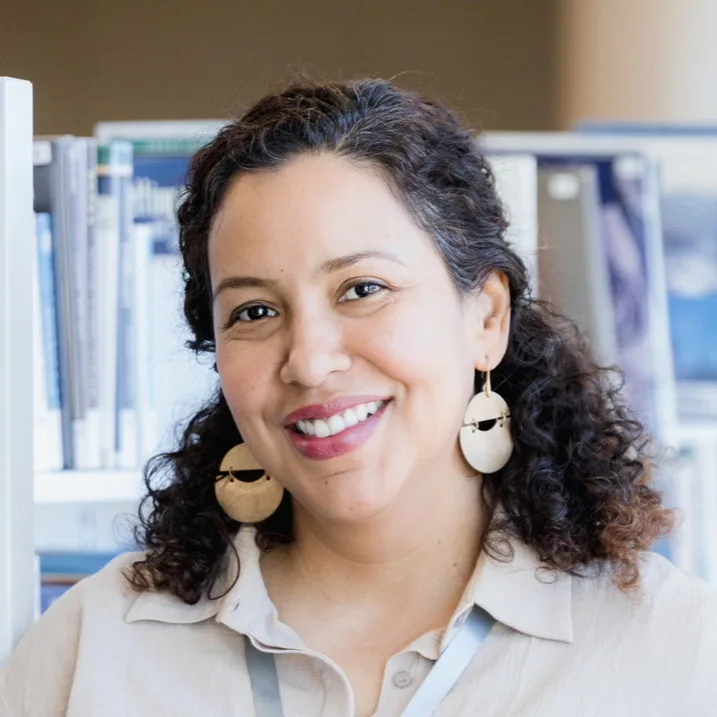
There are two paths or streams to sponsoring your spouse or partner to become a permanent resident:
Spouse or common-law partner in Canada class. This is sometimes called an inland application because you send your application to be processed in Canada. You must be living with your spouse or common-law partner in Canada to apply under this class.
Family class. This is sometimes called an outland application because you send your paperwork outside of Canada. Your application gets processed by a Canadian visa office in the country where your spouse or partner is a citizen or a resident. You must choose this option if:
The sponsored person lives outside of Canada.
The sponsor lives outside of Canada. If you’re a Canadian citizen living outside of Canada, you can apply under this class. However, you will need to show that you’ll live together with your spouse or partner in Canada when they’re granted permanent residence. (If you’re a permanent resident living outside of Canada you cannot apply under this class.)
There are other paths to permanent residency
Sponsorship is not the only way you can get permanent residency. You can use this tool to explore your options.
Choosing the right path to sponsorship for you
Your path to sponsorship will depend on your unique situation as a couple. If your spouse or partner lives overseas, applying under family class is the only option. A couple living together in Canada may choose to apply under either class.
The table below highlights some factors you may want to consider when making your decision. In this table, the spouse or partner is sometimes referred to as the sponsored person.
Factor | Spouse or common-law partner class (inland) | Family class (outland) |
|---|---|---|
Living situation and location | You must be living together with your spouse or partner in Canada. If you’re not legally married, you must have lived together for at least 12 months. | If you live together in Canada, you can choose to apply under this class. If your partner lives outside of Canada, you must apply under this class. If you, as the sponsor, are a Canadian resident living overseas, you can apply under this class. |
Immigration status | The sponsored person must usually have permission to be in Canada (like a student visa, work visa, or visitor visa). There are some exceptions. This includes if they overstayed their visa or permit. Or if they worked or studied in Canada without the right permit. In these situations, the sponsored person can still apply inland. | If the sponsored person lives overseas and doesn’t have status in Canada, you must apply under this class. |
Time apart | No time apart, as you are living together in Canada. | The sponsored person may be able to apply for a visitor visa. There is no guarantee this will be granted. This may lead to time apart if you can’t live together while the application is being processed. |
Options to work in Canada while the sponsorship application is processed | The sponsored person can continue to work in Canada on a valid work permit. If they are in Canada on a visitor visa, study permit or employer-specific permit, they can apply for an open work permit. | If the sponsored person is in Canada on a visitor visa, they can apply for an open work permit. This allows them to work while the sponsorship application is being processed. The couple must share the same address in Canada to be eligible to apply for this permit. |
Flexibility to travel | The sponsored person won’t be prevented from leaving Canada. There’s no guarantee they will be allowed to re-enter Canada. This would put the inland application at risk. There are some factors that may make it more risky for the sponsored person to travel: Their immigration status in Canada. It may be less risky for them to travel if they are from a visa-free country or have a valid visa to be in Canada. How long they stay overseas. Time spent away may impact their application. How often they travel. | Your partner or spouse can travel outside of Canada with no risk to the sponsorship application. |
Processing time (Check current processing times here.) | Usually takes longer. | May be processed more quickly, depending on the visa office. |
Appeal rights if the application is refused | No right to appeal for the sponsor or sponsored person. The sponsored person would have to leave Canada when their temporary status expires. You might be able to ask for a judicial review of the decision by the Federal Court of Canada. This review is limited to looking at whether a legal error was made or if the process was fair and the decision was reasonable. You usually require the help of a lawyer. | The sponsor may be able to appeal the government’s decision. There might also be the option to challenge the refusal decision in the Federal Court of Canada. |
The relationship with your spouse or partner must be genuine. And you must be able to prove this in your application. Immigration officers will look closely at the statements you make and evidence you submit.
In this case, the tribunal found that the couple met the requirements of being conjugal partners because they were in a “marriage-like relationship.” This included evidence of:
a loving and exclusive relationship,
spending time together and being familiar with each other’s families and friends,
financial support, and
sharing chores.
If the immigration officer isn’t convinced that your relationship is genuine, they will refuse the application. The person you’re trying to sponsor can be banned from entering Canada for five years for misrepresentation. You can appeal the decision.
Proving your relationship is genuine
To prove the duration and nature of your relationship, you can submit documents such as:
relationship information and timeline
photos of you and your partner together over the years
a rental agreement that lists you both as tenants
employment or insurance benefit documents that recognize you are common-law partners
proof of shared expenses (for example, utility bills and joint bank account statements)
letters, emails, texts and social media posts
notarized statements from friends and family
If your partner lives overseas and you do not live together, you can apply to sponsor them as a conjugal partner. Usually, you need to submit proof of the obstacles or restrictions that are preventing you from living together or getting married.
When you sponsor someone, you make some promises to the government. You do this by signing an undertaking. These promises are legally binding. That means if you break them, the government can take action against you (and not the sponsored person), usually to recover debt.
As a sponsor, you promise:
To financially support your spouse or partner for a certain amount of time. This includes providing food, clothing, a place to live and other everyday needs. You will also need to cover medical costs that aren’t covered by the BC medical services plan, such as dental and eye care.
That the sponsored person will not apply for social assistance. Social assistance includes applying for welfare. If they do get welfare benefits, you promise to repay the government.
Your undertaking to support your spouse or partner ends three years after they become a permanent resident. After this time, you may still have to keep supporting your partner (or child) under family law in BC.
Show them the money
There’s no specific level of money that you have to make to sponsor a spouse or partner. And if you’re receiving employment insurance, you may still sponsor them. But you must show that you can support them for the length of the undertaking.
If you’re employed, you can provide pay slips, a tax notice of assessment, and a letter from your employer. Otherwise, you should explain how you’re going to support your loved one. For example, you can show a bank statement with proof of savings or other income.
Sponsoring someone is big deal
You must follow through on your sponsor obligations. This applies for the entire length of the undertaking. And it applies even if there are changes in your life — such as the relationship coming to end, a job change or loss, or if you go back to school.
If the application is approved, the sponsored person will get permanent residency. This is an immigration status that allows them to live, work and study in Canada. They may be eligible to receive some benefits, such as employment insurance and pension benefits. They’re also entitled to government-funded health care.
Permanent residents are not allowed to vote, run for political office, or hold certain jobs that need a high level of security clearance.
Everyone in Canada has the right to be protected by the laws of Canada. This includes laws against:
physical violence,
unfair pay,
unsafe working conditions,
job discrimination, and
discrimination in providing public services.
If the sponsorship breaks down
A sponsored person does not have to stay in an unhappy relationship with their sponsor. We have more about the sponsored person's rights if the sponsorship breaks down.
A sponsored person must sign a sponsorship agreement. By doing so, they agree to make “reasonable efforts” to try to provide for their basic living needs. They also agree to ask their sponsor for help before they go to the government for money.
There are some conditions the sponsored person has to meet to keep their status as a permanent resident. If they don’t meet these conditions, their immigration status can be taken away. That would mean they might not be allowed to stay in Canada.
One of the main conditions has to do with the amount of time the sponsored person can spend outside of the country. They have to be physically present in Canada for at least two years out of every five to keep their status. These two years (or 730 days) don’t have to be continuous.
Though there are some exceptions, the rules are strict. It’s a good idea to write down every trip taken outside of Canada. As well, note the reason for the trip — for instance, “work” or “family visit.” This will help you and the sponsored person keep track of whether they’re staying within the guidelines. As well, they’ll need to show these records to apply for citizenship or a new permanent residence card.
There are other ways a sponsored person can lose their right to stay in Canada. They can lose their status if they’re found guilty of a serious criminal offence. They might also lose their right to stay in Canada if they misrepresented facts in their sponsorship application.
Common questions
In most cases, you must apply online. You can get your application package here. If you can’t apply online, you can ask for the application in another format such as paper, braille or large print.
To get the right instructions and checklist, select from the dropdown menus:
who is being sponsored
the country where the sponsored person resides
the country where the documents you’ll submit with the application were issued
There’s also a document checklist that tells you which forms you need.
The family member who is being sponsored is called the “principal applicant” on the forms. The person applying to bring their family member over is called the “sponsor.”
You can sponsor a dependent child that you share with your partner. You can also sponsor your spouse or partner’s dependent child.
If you want to sponsor both your partner and their dependent child, put your spouse or partner as the principal applicant on the application. The child should then be listed as the dependent.
If your spouse or partner has a child in the sole custody of their other parent, you must still declare the child in the application, whether they are coming to Canada or not.
If you also sponsor a dependent child, you must make the same promises to support them as you do your spouse or partner. The length of your undertaking to support the child will depend on how old they were at the time you sponsored them:
If the dependent child is over 22 years of age, your undertaking ends three years after the child becomes a permanent resident.
If they are younger than 22, the length of the undertaking is 10 years or until they become 25 years old, whichever comes first.
No. The law doesn’t require you to use an immigration representative. All the forms and information you need to apply are available for free. You can follow the instructions in the application guide and submit the application on your own.
Sponsorship applications do involve a lot of paperwork. They ask for a lot of information. (An application can be a couple of hundred pages.) If you make a mistake, it can be hard to fix. It might be a good idea to ask a settlement agency or a legal clinic for help. These services are free, though they sometimes have limited capacity to take on new clients.
An immigration consultant or lawyer who has a licence in Canada can answer your questions, give you advice, and help you fill out forms. You likely will need to pay a fee for these services. Be careful who you ask for help with your application. There are some people who may try to take advantage of you. Here are tips on choosing an immigration representative, and how to avoid fraud.
You can also check the public register of Canadian immigration consultants. Verify a consultant’s status as a licensee of the College of Immigration and Citizenship Consultants.
Immigration forms are long and complex. If your application is incomplete or contains mistakes, it can cause long delays. Your application can get returned or even rejected. Follow the instructions closely and review the application carefully to make sure it’s complete and accurate. Here’s a list of some common mistakes to avoid:
Leaving questions blank or unanswered. If a field or question doesn’t apply to you, you can use “N/A” to answer the question. (N/A means “not applicable.”)
Using outdated forms. The forms are often updated. The applications may take some time to complete. By the time you’re done, there’s a chance the form could be outdated! Double-check you’re using the most recent form before you submit. The best way to do this is by checking on the official government website.
Missing required documents or evidence. Read the application carefully to make sure you’re including every document they’ve asked for. As well, provide evidence of the statements you make in your application forms where you can. This might include things like tenancy agreements, joint bank account statements, or photographs to prove that your relationship is genuine. Every application has a checklist of documents and a guide. Make sure to provide all documents as set out in the checklist. Read the guide carefully and follow the steps.
Fees not included or incorrect.
Photos not taken correctly. There are strict requirements around what your photo needs to look like. Make sure you follow these. It can help to go to a reputable photography business that will take your photo correctly. Mention it’s for a permanent residency application and bring the requirements with you.
Country-specific requirements not followed. The details and documents required will depend on the country where the sponsored person lives (and has lived). You can find country-specific instructions here.
Not responding promptly to requests from immigration officials. If you get a request to submit additional documents or provide more information, respond as soon as you can. Monitor your online account regularly for requests.
Who can help
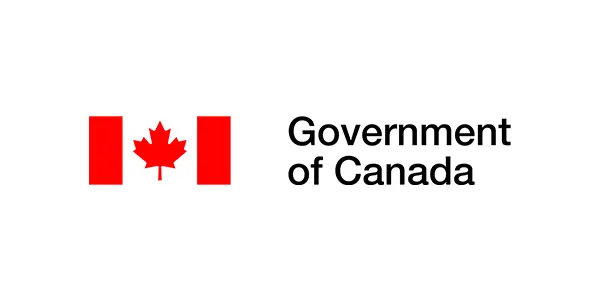
Immigration, Refugees and Citizenship Canada
The federal government department that facilitates the arrival of immigrants and refugees to Canada. Their website explains federal immigration programs and includes online application forms.
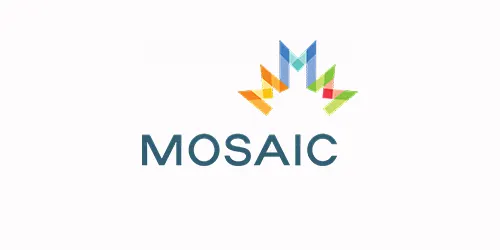
MOSAIC
A non-profit providing free settlement services to new immigrants.

S.U.C.C.E.S.S.
An organization that delivers settlement services to immigrants in BC, including integration and mentoring programs, legal clinics, pre-departure workshops and more.
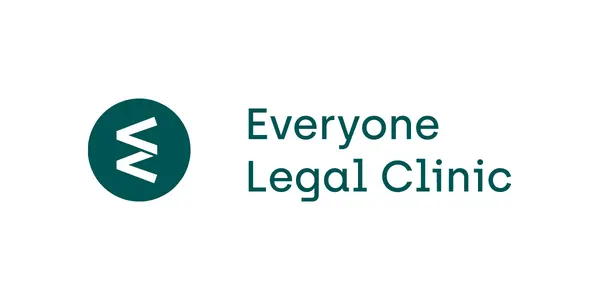
Access Pro Bono’s Everyone Legal Clinic
Clinicians provide affordable fixed-fee services on a range of everyday legal problems.
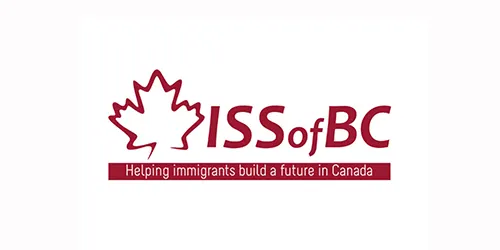
Immigrant Services Society of BC
Provides settlement and employment services to new immigrants.

UBC Law School's Student Advice Program
Law students provide help to people with limited means in the Vancouver area.


